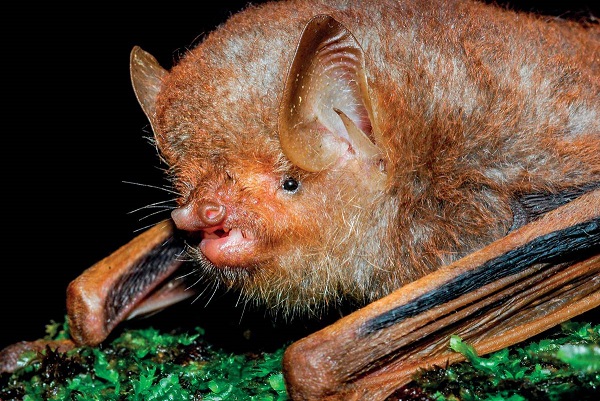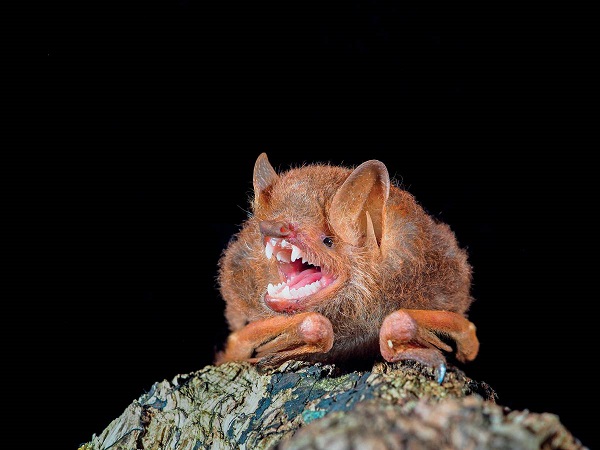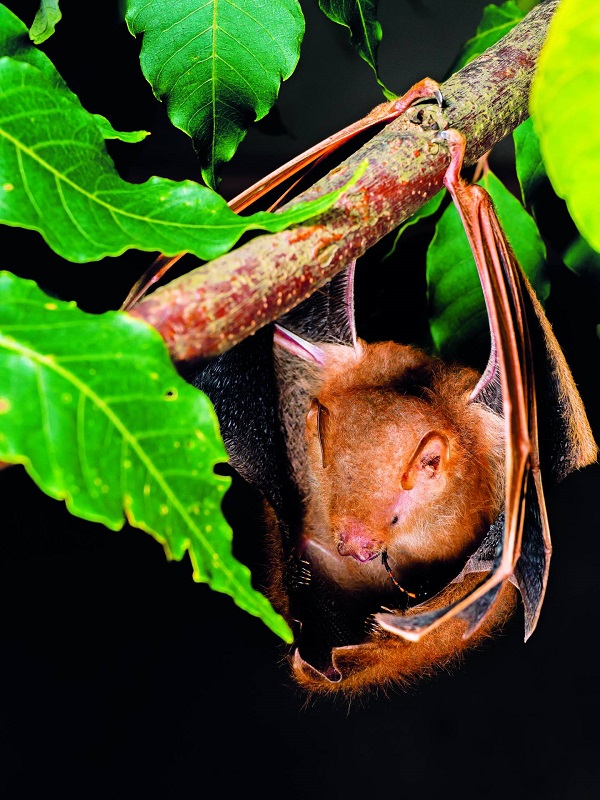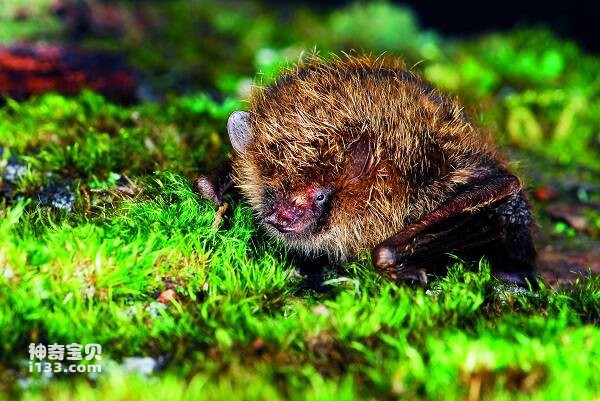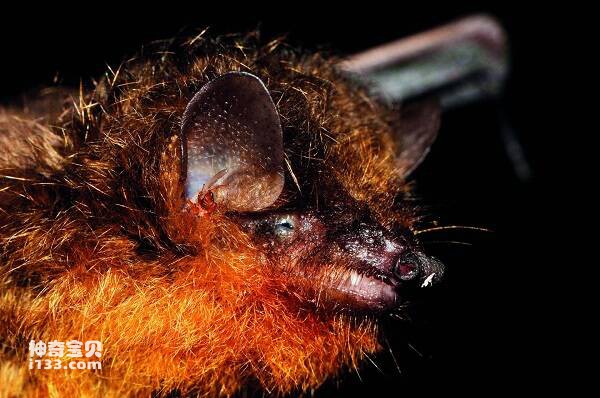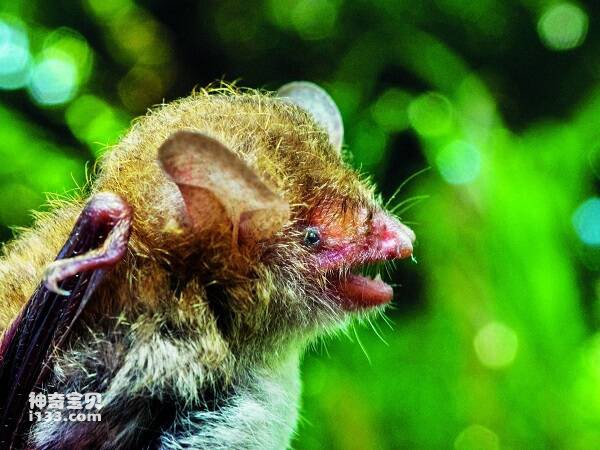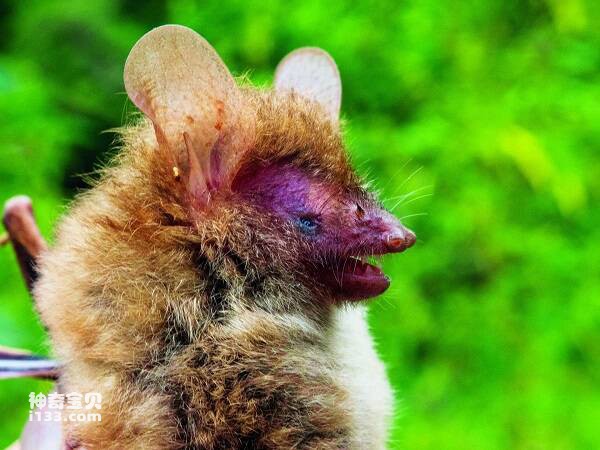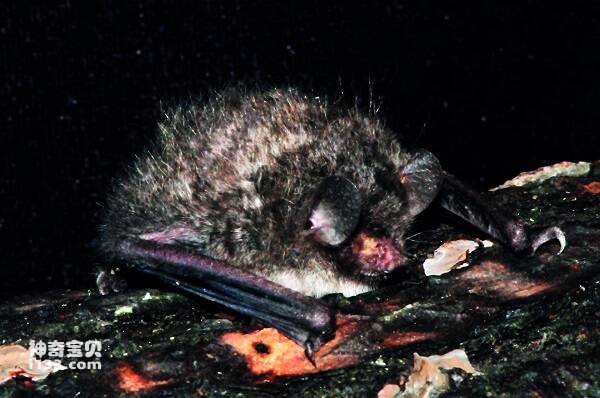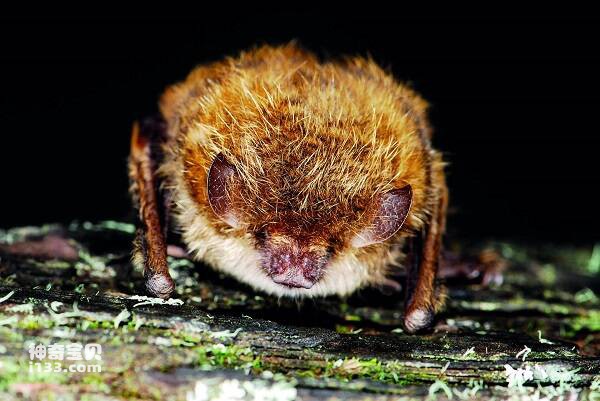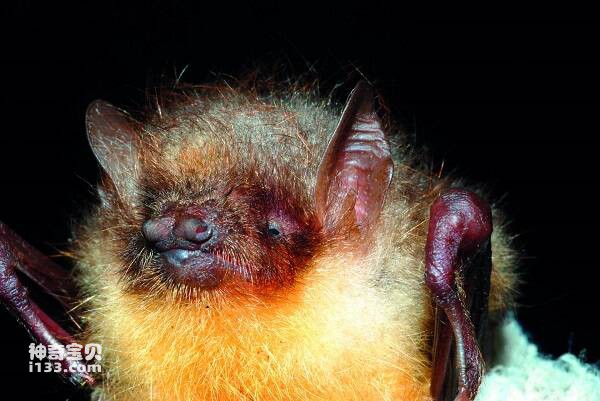Harpiocephalus harpia
IUCN
LCBasic Information
Scientific classification
- name:Harpiocephalus harpia
- Scientific Name:Harpiocephalus harpia
- Outline:Chiroptera
- Family:Chiroptera b.family Pteropterus
Vital signs
- length:60-75 mm
- Weight:
- lifetime:
Feature
There are obvious sexual dimorphism phenomenon.
Distribution and Habitat
In China, it is distributed in Taiwan, Yunnan, Guangdong, Fujian, Zhejiang, Hubei, Hunan, Hainan, Jiangxi and Guangxi. Foreign distribution in the Malay Peninsula, New Guinea and other eastern Asia.
Appearance
It is a large species of bat. The forearm length of the female is 49-53mm, the male is 45-50mm, with obvious dimorphism. The nose is short tubular. The ear shell is oval, tragus needle-shaped, longer, and has a basal concave. Back base yellow brown, tip brown chestnut; Alar membrane light dark brown; The membranae interfemoris and caudal membranae are densely coated with yellowish brown hairs. The hind feet are relatively short.
Details
Wool-winged tube-nosed bats are forest bats that feed on beetles. This species is found in Java. In the same environment, dark brown bats (< Kerivoula furva>) Rhinolophus macroetalis and mesotubularis. Rare species. However, in recent years, with the deepening of the investigation, the distribution range of this kind has been expanding, and different scholars reported the new distribution records in Hubei, Hunan, Zhejiang, Hainan and Guizhou, so that the distribution area of this kind in China has expanded to the whole South China. Because of the existence of sex dimorphism between males and females, it was often mistaken for two different species in the early days. Harpiocephalus harpia> < H. mordax> (Corbet & Hill,1992; Simmons,2005), but Matveev (2005), through the collection and analysis of male and female specimens, found that the above two species were actually the same species and were uniformly identified as < H. harpia> .
